Objectives are an essential component in the build up of an effective management system. Organisations use objectives to define a path that must be followed to achieve goals.
In a game of Chess, having clear objectives are a must to achieve success over your opponent. As a player, you must do your utmost to checkmate your opponent’s king while defending your own. To do this, there are multiple ways or strategies which one can take, each having a set of objectives that must be executed. All this must be done whilst being aware what strategy the opposing player is adopting. The presence of such objectives in a player’s mind guides the players’ decision making process and shapes their strategies to ultimately, priorities the actions that are to be played.
Similar to Chess, a business organisation finds itself in a game of chess with its competitors, where only the superior will thrive. So, let us learn about why quality objectives are crucial in a business environment and why they are key to an organisation’s growth and success.
What is Clause 6.2?
Clause 6.2 in ISO standards sets out the guides that must be followed in order to be able to clearly define objectives that are in line with the organisation’s goals. This clause takes on multiple shapes, in the sense that for ISO 9001, which deals with quality, Clause 6.2 talks about quality objectives and for ISO 14001, Clause 6.2 discusses environmental objectives. The same can be said for ISO 45001, which deals with health and safety; hence, for ISO 45001, Clause 6.2 deals with health and safety objectives.
It is fair to say that the main concept that is being conveyed here is that Clause 6.2 deals with objectives of the respective management system that is being tackled by the organisation. This comes after tackling the risks and objectives in Clause 6.1. Follow the video below for more information.
How to tackle Quality Objectives?
Clause 6.2 has the potential to be considered as one of the most important elements in an ISO standard. Why is that?
This is because, theoretically, if all individuals in an organisation have the same common objectives and identical goals, which should be explicitly communicated throughout the organisational structure, there’s going to be a greater possibility that people will work towards actually reaching those standards.
If the organisation, on the other hand, does not give clear instructions regarding what the quality objectives of the organisation are, then it’s very hard for employees within the organisation to actually pull the rope in the same direction.
For a management system to successfully execute quality objectives, it is important to take decisions based on data. Making evidence-based decisions is in fact one of the seven principles of quality management. Relying on gut instinct alone will surely lead your organisation to nowhere, it is in fact deemed as a fatal mistake for your organisation.
There are three key benefits to a data-driven approach that are noteworthy. First, you take a lot of the guesswork out of the equation, that is the decision-making process. By relying on guesswork, you are more likely to make a wrong calculation, leading to a loss in precious resources. Second, you can be more confident in your decisions. If you have data backing your decisions, no one can argue against you. The third and final benefit is that you can review and analyse your past decisions objectively and learn from them.
This way, quality management systems can be improved greatly and ensure a more concrete way on which conversations are based. More importantly, we can track the performance of our organisation to make sure that we are headed in the right direction.
How to create Quality Objectives?
When creating quality objectives, it is essential that the organisation has a clear understanding of what it wants to achieve. Only then can quality objectives be formed to be in line with the overall target. If the overall vision of an organisation is to reduce the carbon footprint of the firm, then the environmental or quality objectives for the respective management system must work towards achieving the final goal.
So, before the organisation can set out any objective, it must have a defined goal for the future on which all subsequent objectives will be based.
Additionally, when creating objectives, it is important to keep in mind that they are relevant for your organisation and as with any other requirement of ISO standards, it is very important to create a management system that is suitable for the needs of your organisation; not for the needs of the standard itself or for the auditor or for the consultant that you are working with!
Make sure that you are always creating a management system in a way that will help your organisation to work in a more efficient and effective way rather than to increase bureaucracy and reduce the number of transactions that you can do on any given day.
Let us take objectives of quality control, most commonly found in ISO 9001, the most popular ISO standard to date. When it comes to ISO 9001, many organisations choose to include multiple aspects or components under the umbrella of quality, and most would not really be relative to quality. Here, we can have the core aspects of an organisation, such as objectives relating to sales or objectives relating to operations. However, all of these must be measured by some metric in order to determine whether we are successfully moving towards the target. One great metric which can be used is customer satisfaction!
That is a great way to track whether quality is being served throughout your quality management system. It is important to keep in mind that not everything falls under the term ‘quality’. When it comes to environmental objectives, we need to have objectives relating to the environment where we can have objectives, for example, relating to the training hours that people will get on improving the environment via their day to day activities.
However, it’s very important for us to have objectives that are more specific about our actual environmental performance. For example, the number of electrical energy units that we are consuming, or the number of units of water that we are consuming, the fuel waste generated with the daily operations.
So objectives are to be relevant to the management system that we are creating, else we would have too many loose ends that may create further complexities and bureaucracies.
Keep in mind that no standard will ever tell you how you have to meet a requirement. It is completely up to the management team within your organisation and your consultant and trainer who is helping you to identify the most relevant objectives for your organisation.
Meeting the Requirements of with Quality Objectives in Clause 6.2
What would you need to do to meet the requirements and answer the question “what are quality objectives”? The following are the three steps which one has to follow in order to successfully meet the criteria of Clause 6.2
- Define smart objectives
- Allocate sufficient resources
- Collecting data relating to the objectives at hand
SMART objectives shall be covered later on, but for the sake of understanding, SMART objectives are a type of objectives that follow a number of components. These components are defined by the word SMART, which is an acronym for specific, measurable, achievable, relevant, and time-bound. Click here to learn more about SMART objectives.
The second step is to ensure that we are allocating enough resources to make sure that we are actually reaching our quality objectives. When we speak about resources, it is imperative to keep in mind that there are multiple types of resources which we need to consider, be it money, time, human resources, and equipment.
Thirdly, succeeding in this clause also requires the organisation to make sure that data is being collected. If no data is being collected and we just set up quality objectives and let them gather dust on some shelf, they will add absolutely no value to the organisation.
However, if you have defined what is important in your organisation, transformed those ideas into smart objectives, and you are actively tracking the data that will show you whether you are reaching those objectives or not, then your organisation will improve as you are making sure that you are headed into the right direction.
What will happen if you don’t reach your Quality Objectives?
If you do not reach the uality objectives that were set out, it is not as if someone will come and take your ISO certification away. That is not how it works!
If, for example, you set out a particular objective and you do not meet that specific objective (be it for whatever reason), then what an auditor will want to see is that you are taking some type of action to actually reach the objective in the time that follows. You can even adjust the objective to make it more attainable and solve the issue with the allocation of enough resources as an organisation towards that particular objective.








